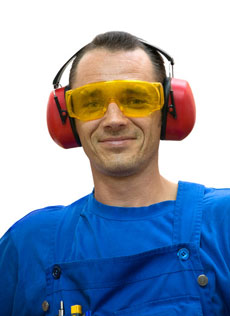Anodizing is a process that converts the metal surface into a decorative and corrosion-resistant anodic oxide (hence the name) finish. It’s more durable than metal and the structure originates entirely from the aluminum substrate – that’s why aluminum is generally most suitable for anodizing, even though it can be done with a variety of other metals, such as titanium.
Using anodized to finish your project is less expensive than painting it, which makes it an ideal choice, if you’re doing a construction work on a budget. It’s also harder than PVDF and anodized aluminum is generally preferred in areas when the coating can be subject to abrasive cleaners or physical abuse.
Another great benefit of the anodized aluminum sheets is that it can’t peel off. Because the coating is actually part of the metal, this sort of finish is more durable. The anodizing process also gives the aluminum a deeper and richer appearance – that’s because the anodizing coating is actually transparent, so you can see the metal beneath. It’s also unaffected by sunlight, in contrast to organic coating that can fail due to the exposure to solar radiation.
Anodized aluminum allows you to create an environmentally responsible building, while still taking advantage of the anodic oxide’s durability, low maintenance and cost-efficiency. The frequent surface dirt cleaning will be virtually non-existent and the material can actually be cleaned only with mild soap and warm water. The gloss option offered by anodizing allow for greater variation, while still maintaining the metallic appearance of the aluminum.The perfect exterior siding material.
Finally, anodizing is a completely safe process that is harmless to human health. Moreover, the anodized finish is chemically stable and won’t decompose – so you’ll get a cost-efficient, aesthetic and durable finish that you can maintain with almost no effort.

Pro Bob is an experienced contractor and renovation specialist, who loves to share his know how with others.



